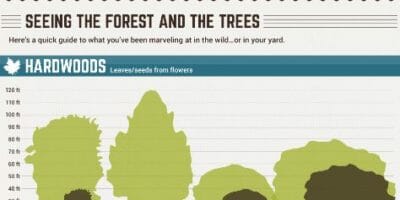Evaluating The Feasibility Of Trees: Determining When Elimination Is Important
Evaluating The Feasibility Of Trees: Determining When Elimination Is Important
Blog Article
Article Written By-Dalby Mcintosh
If you've ever wondered about the destiny of the trees on your residential or commercial property, comprehending when it's time for elimination is crucial. However just how do you identify if a tree can be conserved or if removal is the only alternative? By seeking certain indicators and evaluating security dangers, you can make enlightened decisions that profit both your landscape and your surroundings. Let's explore the essential elements that come into play when choosing the fate of a tree and how you can ensure the very best outcome for your environment-friendly friends.
Indications of Tree Decrease
If you see any one of the adhering to indications of tree decrease in your backyard, it may be time to consider tree elimination.
One usual sign is dead or rotting branches, which can show underlying problems affecting the tree's wellness. Keep an eye out for tarnished or shrivelled leaves that persist despite correct treatment, as this could be a sign of disease or pests.
An additional warning signal is extreme leaning or a recognizable change in the tree's base, which might recommend root problems or structural instability. Watch out for Tree Branch Removal on the trunk or origins, as this can suggest rot and jeopardize the tree's stability.
Additionally, if you observe huge fractures in the trunk or major arm or legs, it's important to address these concerns without delay to avoid possible dangers. Addressing these indications of tree decline immediately can assist keep the safety and security and aesthetic appeals of your backyard atmosphere.
Safety and security Problems
To guarantee the health of your building and those around you, focusing on safety and security issues associated with trees is extremely important. Trees can pose numerous security dangers otherwise properly kept. Dead or decaying branches may drop all of a sudden, endangering people or damaging structures.
Leaning trees can also be unsafe, specifically if they're leaning in the direction of a structure or high-voltage line. Furthermore, trees with substantial root systems near structures or underground energies can trigger significant damages in time.
It's vital to regularly evaluate your trees for any indications of possible danger. Look out for splits in the trunk, large tooth cavities, or indications of illness and degeneration. If you observe any one of these problems, it's finest to speak with a professional arborist to examine the scenario and figure out the needed course of action.
Taking proactive actions to deal with security issues without delay can protect against crashes and residential property damages in the future. visit their website in mind, the security of your home and those around you must always be the top concern when it pertains to tree maintenance.
Consulting an Arborist
When taking into consideration the health and safety of your trees, consulting an arborist is a critical step. Arborists are trained experts that focus on the care and upkeep of trees. They can examine the overall health of your trees, identify any kind of problems such as diseases or structural issues, and supply professional suggestions on the most effective strategy.
By speaking with an arborist, you can receive valuable insights into the condition of your trees and identify whether elimination is essential. Arborists have the knowledge and experience to review the risks associated with keeping a tree versus removing it. They can also offer assistance on different options, such as trimming, cabling, or supporting, to help protect the tree whenever feasible.
Additionally, arborists can help you navigate any kind of neighborhood regulations or permits that may be needed for tree removal. Their expertise can make certain that the procedure is carried out securely and in compliance with any relevant legislations.
Final thought
To conclude, when determining whether trees can be conserved or if elimination is required, it is necessary to take into consideration indicators of decrease and safety and security worries. Consulting an arborist for a detailed analysis is vital in making the most effective decision for the tree's health and wellness and potential hazards. Bear in mind, proactive treatment and prompt activity can aid preserve trees and avoid mishaps.
